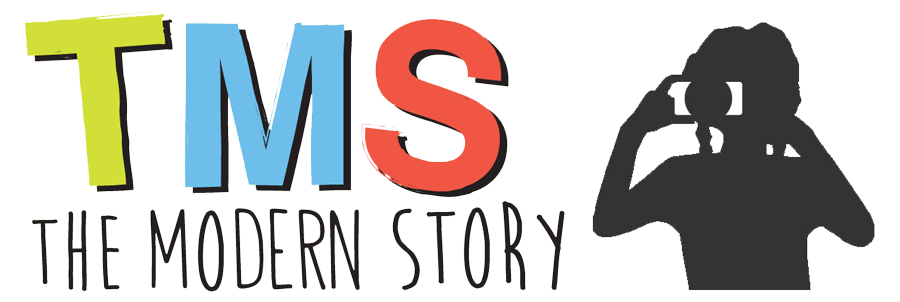“I” is for India: An update from Tamil Nadu
While Ilana dealt with the uncertainties of AP’s Telangana situation, I’ve stayed on in Tamil Nadu to conduct TMS workshops at Communities Rising. Last week I worked with teachers from CR’s after-school program for village youth. They are creating a video that discourages the use of corporal punishment in education, which will become a teaching tool for CR staff trainings, as well as a great Tamil-language resource for other organizations. Expect to see a subtitled version in the next few days!
This week I am conducting two three-day workshops with 4th to 8th standard students in CR’s after-school programs. Inspired by the success Ilana and I have had in our curriculum-focused Sultan Bazaar classes, I’ve designed photo and video activities in which the kids reinforce their English lessons through learning multimedia skills. The teachers to whom I introduced digital storytelling last week are a great help in organizing these activities.
Today I held my first session with forty 4th and 5th standard students. After a quick name game with the younger crew, Siva–CR’s Periathachoor computer teacher–and I demonstrated how still cameras work. The 4th and 5th class students each practiced taking group shots, using TMS’s “3-S” tip of straight-steady-smooth. Then it was time for their break while the older bunch rolled in. Again Siva and I explained the parts of a digital camera and how it works, this time to twenty-five 6th to 8th standard students. We also demonstrated the use of a Flip video camera and tripod before they ended for and distribution of snacks and brand new Communities Rising backpacks. Tomorrow the older kids will get the chance to be more hands-on, but one particularly eager student, Androos, hung around and tested out the Flip camera after getting his goodies. The rest of them shook my hand at least seventeen times each (as Indian kids are wont to do) before heading out the gate.
Next the 4th and 5th graders returned for their second session, which is typically English class. We divided them into 3 groups, with one adult per group. I passed out pages showing alphabet letters to the groups, so that each group had eight or nine letters. They were supposed to go around the schoolyard, identifying and writing down things they saw that began with those letters. With the sun setting, this ambulatory activity descended into a bit of chaos, but by the time we reigned them in for closing, the groups had a list for almost every letter, and the kids were excited to take pictures of those objects tomorrow to create their own photo alphabet!




























